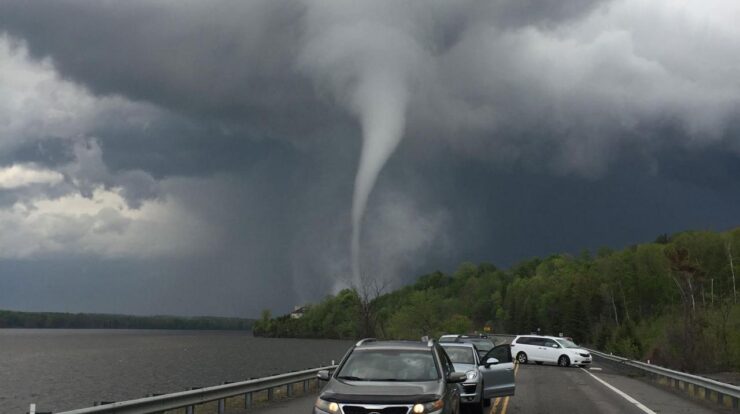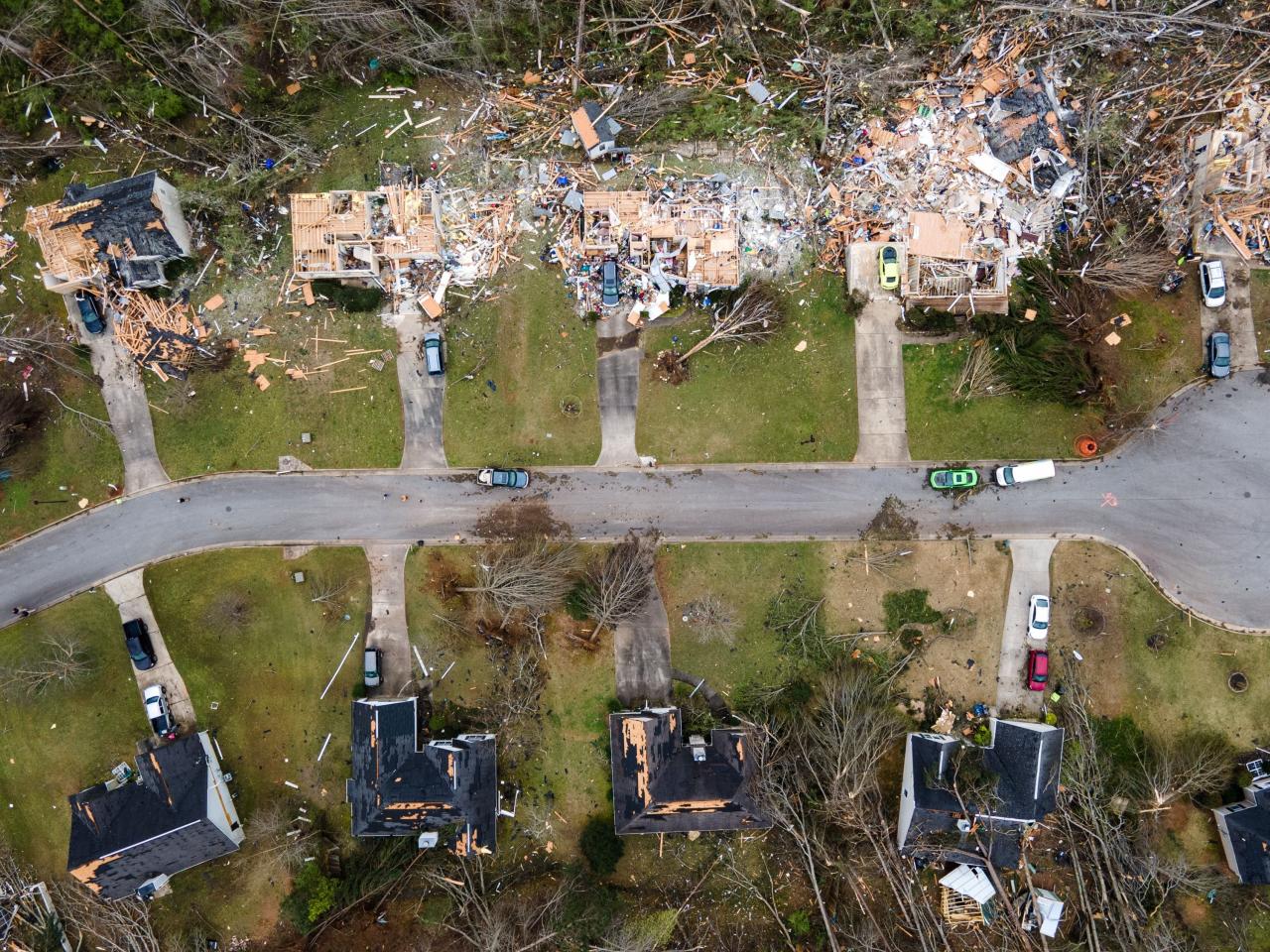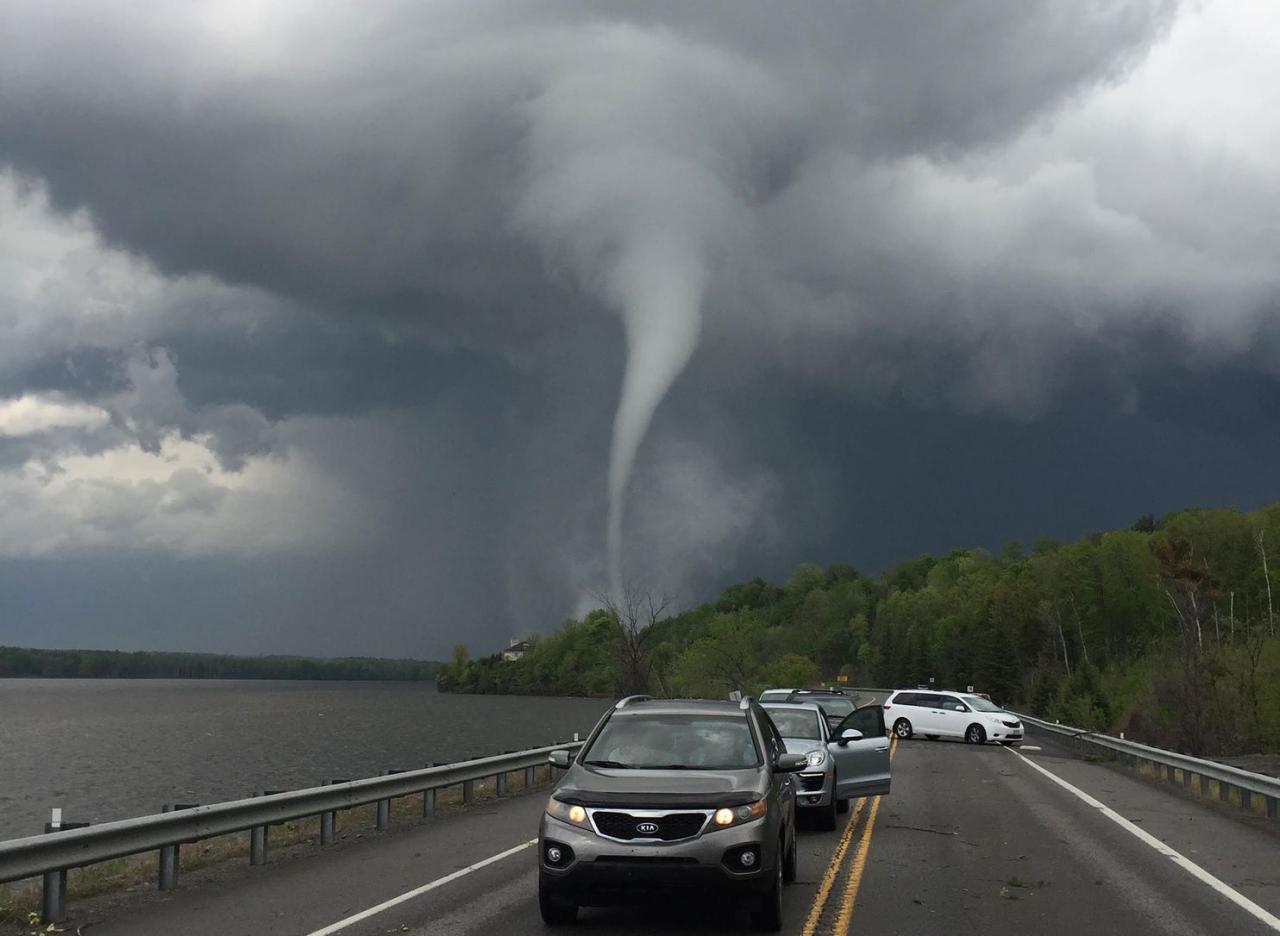
Tornadoes Today: A Comprehensive Overview – Tornadoes, violent and awe-inspiring forces of nature, have left an indelible mark on the American landscape. In recent years, the frequency and intensity of these storms have sparked concern among meteorologists and communities alike.
This article delves into the world of tornadoes, exploring their formation, forecasting, safety measures, and the ongoing research aimed at mitigating their impact.
From the Great Plains to the Gulf Coast, tornadoes have left a trail of destruction, affecting countless lives and communities. Understanding these storms is crucial for staying safe and mitigating their devastating effects.
Recent Tornado Activity

In recent months, the United States has experienced a surge in tornado activity. According to the National Weather Service, over 1,000 tornadoes have been reported since the beginning of the year, with the majority occurring in the central and southern regions of the country.
The tornadoes have ranged in intensity from weak EF0 tornadoes to powerful EF5 tornadoes, causing widespread damage and loss of life. Communities have been devastated, with homes and businesses destroyed, infrastructure damaged, and power outages affecting thousands of people.
Tornado Forecasting and Prediction, Tornadoes today
Tornadoes are formed when warm, moist air from the Gulf of Mexico meets cold, dry air from the north. The resulting instability in the atmosphere can lead to the development of thunderstorms, which can then produce tornadoes.
Meteorologists use a variety of tools to forecast and predict tornadoes, including radar, satellite imagery, and computer models. Radar can detect the rotation within thunderstorms, which is a sign that a tornado may be forming. Satellite imagery can help meteorologists track the movement of storms and identify areas where tornadoes are likely to occur.
Tornado Safety and Preparedness
Staying safe during a tornado is crucial. The best way to protect yourself is to have a tornado safety plan and practice tornado drills.
Your tornado safety plan should include the following:
- Identify a safe place to go in your home, such as a basement or interior room on the lowest floor.
- Have a plan for how to get to your safe place quickly.
- Practice your tornado drills regularly so that everyone in your family knows what to do.
Tornado Research and Mitigation
Scientists are constantly working to better understand tornadoes and improve forecasting capabilities. Research is being conducted on the formation and behavior of tornadoes, as well as on the development of new warning systems.
Technology is also playing a key role in tornado detection and warning systems. Doppler radar can now detect tornadoes with greater accuracy, and mobile apps can provide real-time tornado alerts to people in affected areas.
Tornado Climatology and Trends
Tornadoes have been occurring in the United States for centuries. However, the frequency and intensity of tornadoes has been increasing in recent years.
Climate change is believed to be a major factor in the increase in tornado activity. As the Earth’s atmosphere warms, the jet stream is becoming more unstable, which is leading to more frequent and severe thunderstorms. These thunderstorms can then produce tornadoes.
Tornado-Related Data and Resources
The following table lists organizations and websites that provide real-time tornado information:
| Organization | Website |
|---|---|
| National Weather Service | https://www.weather.gov/ |
| Storm Prediction Center | https://www.spc.noaa.gov/ |
| National Severe Storms Laboratory | https://www.nssl.noaa.gov/ |
Summary

As we continue to grapple with the challenges posed by tornadoes, ongoing research and technological advancements offer hope for a future where we can better predict, prepare for, and mitigate the impact of these storms. By embracing a proactive approach, we can safeguard our communities and ensure a more resilient society in the face of nature’s fury.
FAQ Corner: Tornadoes Today
What are the most common types of tornadoes?
The most common types of tornadoes are weak tornadoes (EF0-EF1), which account for about 70% of all tornadoes. Strong tornadoes (EF2-EF3) make up about 25% of all tornadoes, while violent tornadoes (EF4-EF5) are relatively rare, accounting for only about 5% of all tornadoes.
What is the difference between a tornado watch and a tornado warning?
A tornado watch means that conditions are favorable for tornadoes to develop. A tornado warning means that a tornado has been spotted or indicated by radar and is imminent or already occurring.
What should I do if I am caught in a tornado?
If you are caught in a tornado, the best thing to do is to find a sturdy shelter, such as a basement or storm cellar. If you are outside, lie down in a ditch or other low-lying area and cover your head with your hands.